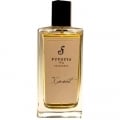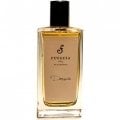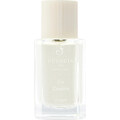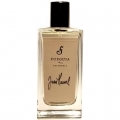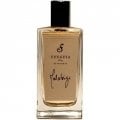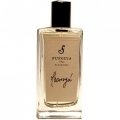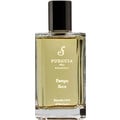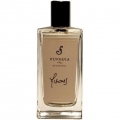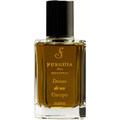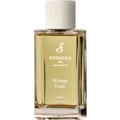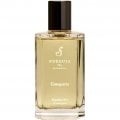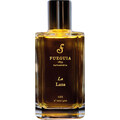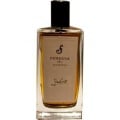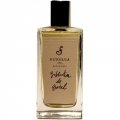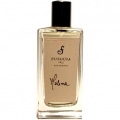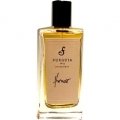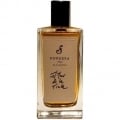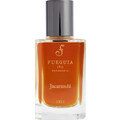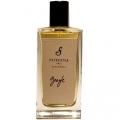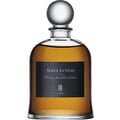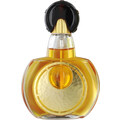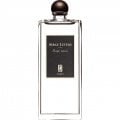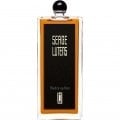11/15/2018

Meggi
212 Reviews
Translated
Show original

Meggi
Top Review
36
Pieroth's Return
In the year 1985 a vocabulary of great medial spreading enjoyed suddenly, which otherwise probably rather in chemistry books or in the industry a quiet existence lived: The somewhat older ones among us remember certainly still well the scandal around with the anti-freeze agent Diethylenglykol sweet adulterated wines primarily of Austrian origin. An inglorious role was played by the trading house Pieroth, whose family sphere of influence also included the then Berlin Senator for Economics Elmar Pieroth, who, of course, wanted to have no idea about anything.
The opening of 'Ballena de la Pampa' now is Pieroth's return. Today we save on cider. Instead of laboriously pressing and fermenting the fruit, the fully ripe fruit is simply placed in an alcoholic solvent. Bad white wine (probably Retsina; see below) would be a side track, but I'm actually thinking of apple.
Against the background of the manufacturer's specifications, this seems to me to be a detour at best. Perhaps we have to do it - keyword hay - with a considerable contribution of Cumarin, which draws substantially responsible for my apple impression. A finding that gains plausibility during the late afternoon when the fruit drifts into cherry
I'll stick with my apple, though, for the time being. Perhaps we are dealing - again with the keyword "hay" - with a meadow orchard. I couldn't have derived the other composition of the meadow as nicely as Tiara in the previous commentary, I just wanted to point out anyway that on a meadow with fruit orchards one should certainly watch out where one gets to or even better not. The first attempt, in any case, was at a place where there was a junk apple.
But it will. Oh, yeah! After barely a quarter of an hour, a subtle sweetness almost hidden from bitter, solvent-laden resin stuff becomes apparent. As it progresses, the apple, now ripened in dignity and not yet overripe, then undergoes a gentle ambering, so to speak: a bitter, unsweet sweetness (there's such a thing!) lies like a layer around it and is gently polished with a piece of intensively cared for leather. Sounds weird, but it's still great. I'm thinking of the 'Equestrian' from Sonoma Scent Studio, which is of course much more pithy and earthy, and which I was only recently allowed to test. Without this reference I wouldn't know at all what I should have pointed to in comparison.
After two hours, an almost amber fragrance was created, to which, in reversal of the previous weighting, some apple slices are added, which are processed by the overzealous leather without getting tired. A trace of acidic-thickened and thus almost duro-like wood appears in the ground and becomes lighter and brighter towards the back
In the afternoon, a vanilla aura provides a certain dessert touch (vanilla and coumarin/forest master - of course, jelly with sauce), which, however, is not very sweet and certainly not at all soggy. On the contrary: With just a little distance from the skin, the strange whale smells fruity-sweet, free of any little girl's attitude to fruitploring. Mildly creamy framed. Caramel, but unsweet. Sigh... Caramel, the next keyword that may fit diffusely, but does not adequately describe the impression.
I suspect that in imitating a musk guideline, Mr Bedel has brought together a number of creamy things that, while increasingly evoking a musk idea, also allow many other associations. After all, the supplier of 13 varieties of musk is talking about ("combination of 13 musks"). By the way, when it comes to ambergris, the good man is silent.
Conclusion: successful. Has the what-smells-this-should-here?-That-yes-yes! effect.
I'd like to thank the robins for rehearsing.
The opening of 'Ballena de la Pampa' now is Pieroth's return. Today we save on cider. Instead of laboriously pressing and fermenting the fruit, the fully ripe fruit is simply placed in an alcoholic solvent. Bad white wine (probably Retsina; see below) would be a side track, but I'm actually thinking of apple.
Against the background of the manufacturer's specifications, this seems to me to be a detour at best. Perhaps we have to do it - keyword hay - with a considerable contribution of Cumarin, which draws substantially responsible for my apple impression. A finding that gains plausibility during the late afternoon when the fruit drifts into cherry
I'll stick with my apple, though, for the time being. Perhaps we are dealing - again with the keyword "hay" - with a meadow orchard. I couldn't have derived the other composition of the meadow as nicely as Tiara in the previous commentary, I just wanted to point out anyway that on a meadow with fruit orchards one should certainly watch out where one gets to or even better not. The first attempt, in any case, was at a place where there was a junk apple.
But it will. Oh, yeah! After barely a quarter of an hour, a subtle sweetness almost hidden from bitter, solvent-laden resin stuff becomes apparent. As it progresses, the apple, now ripened in dignity and not yet overripe, then undergoes a gentle ambering, so to speak: a bitter, unsweet sweetness (there's such a thing!) lies like a layer around it and is gently polished with a piece of intensively cared for leather. Sounds weird, but it's still great. I'm thinking of the 'Equestrian' from Sonoma Scent Studio, which is of course much more pithy and earthy, and which I was only recently allowed to test. Without this reference I wouldn't know at all what I should have pointed to in comparison.
After two hours, an almost amber fragrance was created, to which, in reversal of the previous weighting, some apple slices are added, which are processed by the overzealous leather without getting tired. A trace of acidic-thickened and thus almost duro-like wood appears in the ground and becomes lighter and brighter towards the back
In the afternoon, a vanilla aura provides a certain dessert touch (vanilla and coumarin/forest master - of course, jelly with sauce), which, however, is not very sweet and certainly not at all soggy. On the contrary: With just a little distance from the skin, the strange whale smells fruity-sweet, free of any little girl's attitude to fruitploring. Mildly creamy framed. Caramel, but unsweet. Sigh... Caramel, the next keyword that may fit diffusely, but does not adequately describe the impression.
I suspect that in imitating a musk guideline, Mr Bedel has brought together a number of creamy things that, while increasingly evoking a musk idea, also allow many other associations. After all, the supplier of 13 varieties of musk is talking about ("combination of 13 musks"). By the way, when it comes to ambergris, the good man is silent.
Conclusion: successful. Has the what-smells-this-should-here?-That-yes-yes! effect.
I'd like to thank the robins for rehearsing.
27 Comments

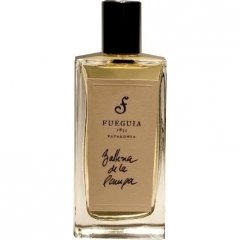


 Top Notes
Top Notes 
 Heart Notes
Heart Notes 
 Base Notes
Base Notes 
